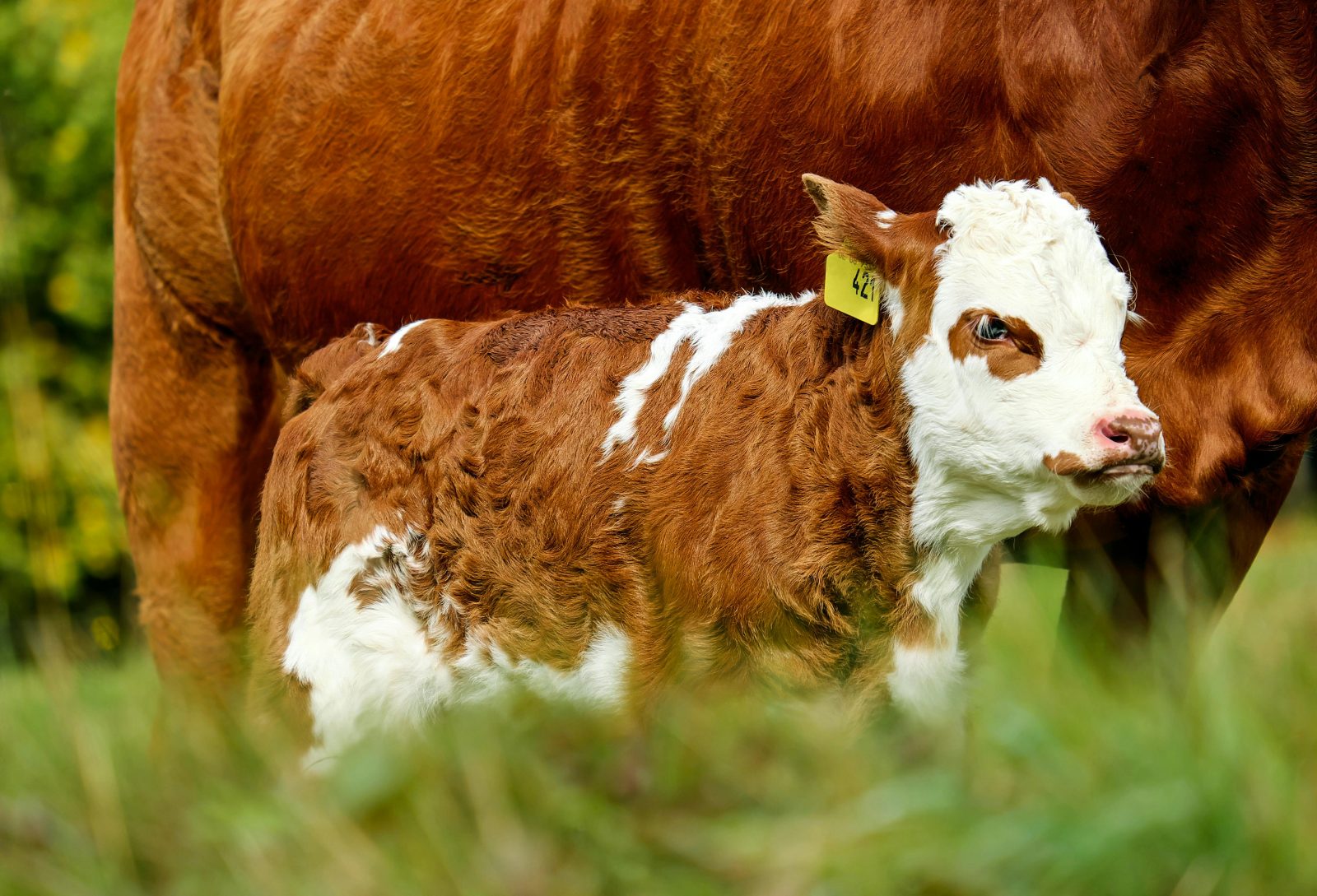When it comes to beef breeding in New Zealand, nailing the summer mating season is the best chance to set up your herd for a strong calving season.
With the right prep and time and animal management, you can notably boost fertility, reduce empties, and maximise your animals’ growth rate.
Ensure body condition & nutrition are on track
A good mating season starts long before the artificial insemination begins or the natural go out. It truly begins with the cows and heifers having a solid body condition score (BCS). Research shows that cows entering mating at a target BCS stand a much better chance at conceiving early and calving in a tight window.
So ensure your pasture is of high quality, residuals are managed, and the feed budget is realistic for summer conditions. Prioritise supplementary feeding or adjusting grazing if needed and consider the chances of a drought occurring now.
We recommend assessing your beef herd 2–3 weeks before mating starts for any animals underweight or with low BCS. Consider proactive feed budgeting and pasture measurement to avoid surprises.
Breed and genetic considerations while beef breeding
While timing, BCS and weather tends to dominate the discussion, don’t forget the importance of beef and dairy beef genetics. In beef breeding, selecting bulls with traits that match your herd goals, like calving ease, growth, fertility, tends to really matter.
For heifers especially, using bulls with good calving-ease EBVs reduces assisted calvings and improves re-breeding.
Additionally, tracking records (mating, calving intervals, empty rates) helps you identify under-performing cows and make better decisions next season.
Tips:
- Use proven bulls that suit your breed type and calving management;
- For first-mating heifers, pick bulls with moderate birth weights and high calving ease;
- Keep accurate records each season to feed into improving your breeding programme.
Manage heat stress and weather
Our summers are becoming hotter and drier especially in regions like Canterbury and Northland, which is going to directly affect beef breeding performance. High temperatures can lead to heat stress, reduced feed intake, lower semen quality, and weaker cycling activity in cows.
Keep an eye out for typical signs of heat stress in your herd:
- Cows panting or drooling excessively
- Reduced grazing and restlessness
- Standing in water troughs or under shade instead of grazing
Treat summer heat as an extra stressor, and offset it by good feed and shade to help maintain BCS.
When beef breeding, select and manage your sires and bulls appropriately
If bulls are sub-fertile, injured, or poorly managed, your mating season will quickly suffer. For beef systems in NZ, you’ll want to check:
- Bulls have had health and fertility checks well before mating starts.
- Bulls are in good body condition (BCS ~4.5–5.5) going into mating and haven’t been overstressed by transport or poor feed.
- The service ratio is appropriate: for heifers, a higher bull:cow ratio may be needed because impatience or delayed cycling can cost.
If you’re feeling nervous about fertility issues, check with your genetics company about their marketed bulls, and whether they’re having any semen quality issues, lameness or other issues.
Plan your mating window and heat management
You’re trying to nail your mating season by aiming for a tight calving period, which is driven by a strong conception rate within the first few weeks of mating. Good records, adequate heat detection (if AI is used), and timely bull introduction all play a part.
We like this article by Anexa vets, which covers the importance of tight calving windows, especially for heifers in their first mating season.
Even in beef herds, you want to monitor cycling, ensure heifers/cows are cycling prior to bull introduction, and plan removals of bulls to avoid late calvers. For heifers: they may benefit from starting mating 1-2 weeks before the main herd so they calve early and enter the herd cleanly.
- Map out key dates: promise start of mating, bull removal, pregnancy scanning;
- Monitor pre-mating cycling (if using AI or natural);
- Avoid letting bulls run longer than needed, as late calvers reduce uniformity and increase costs.
Make your beef breeding season a successful one!
Just like its dairy counterparts, a successful summer beef breeding programme in New Zealand hinges on preparation. Get your cows and heifers in the right condition, manage and monitor your bulls actively, plan your mating window tightly, select genetics that fit your system, and adjust for the environmental challenges of summer. By doing so you’ll maximise conception rates, tighten your calving window, and set yourself up for a productive season ahead.
Need a beef breeding genetics company?
There are many genetics companies selling beef and dairy genetics in New Zealand. Choose a trusted genetics company that’ll offer peace of mind and security this mating season.
World Wide Sires New Zealand
Website: wwsiresnz.co.nz
Phone number: 03 338 4560
Email: office@wwsires.co.nz
CRV NZ
Website: https://www.crv4all.co.nz
Phone number: +64 7 856 7500
Email: customersupport@crv4all.co.nz
GENEZ
Website: genez.co.nz
Phone: 027 766 6668
Email: charlotte@genez.co.nz
Semex NZ
Website: www.semex.co.nz
Phone: 07 889 1572
Email: info@semex.co.nz
